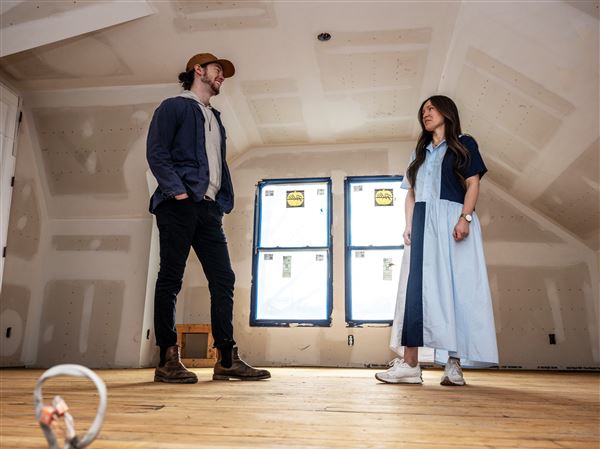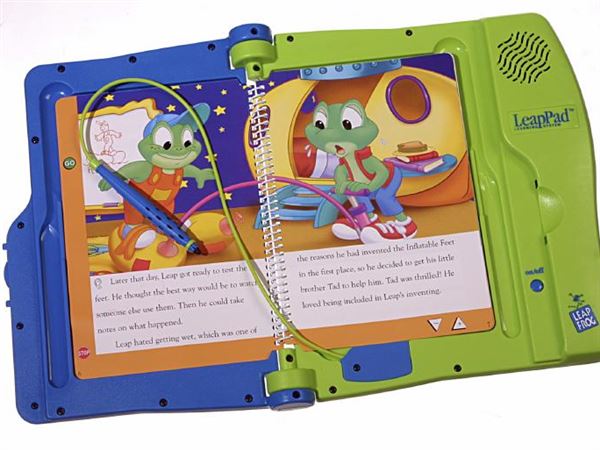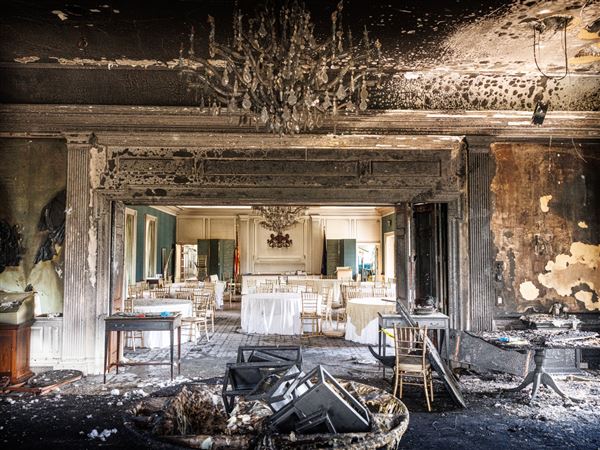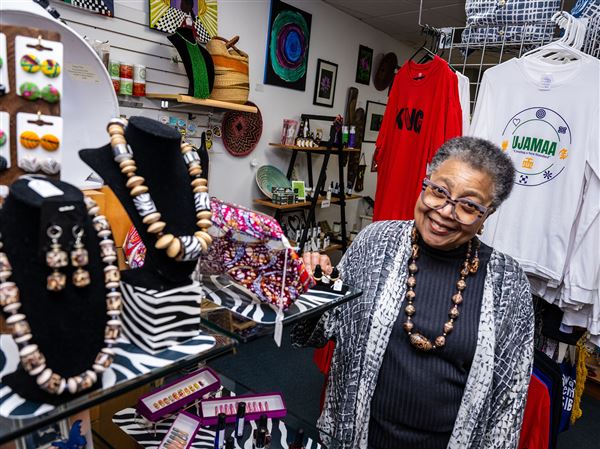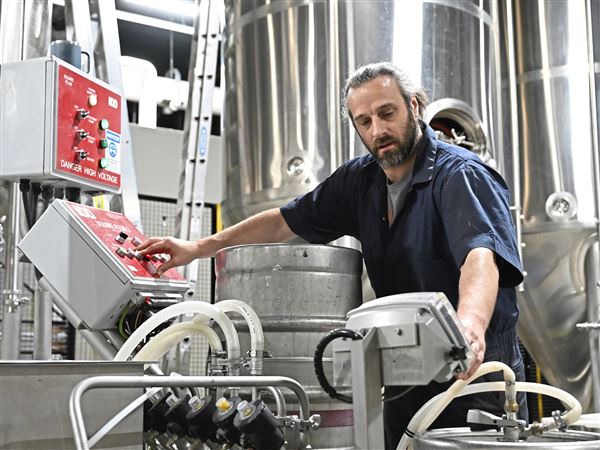When I moved to Pittsburgh 25 years ago, few locals thought much of buying a home in the city, let alone the North Side.
"You'll never get your money back out of it," I was warned more than once, as real estate agents shooed me toward the North or South Hills.
I bucked that conventional wisdom and bought a three-story, 19th century rowhouse on the North Side in the summer of 1990. The idea of having all that space within walking distance of the Pirates was too much to resist, particularly for this native New Yorker whose brother had just paid roughly the same price for a little condo on Long Island.
Evidently, I wasn't the only one in this city zigging when the majority was insisting we should zag. In the past quarter-century, eight of the 10 places with the highest average gain in home prices in Allegheny County are city neighborhoods. So are 13 of the top 25.
Those findings come courtesy of Dan Murrer, vice president of the South Side company RealSTATS. I was inspired to request the data from him after my recent talk radio stints with John McIntire on KDKA, when more than one Rip Van Winkle called to say I must be new in town or I'd know Pittsburgh is foundering.
You hear that, Lawrenceville? Mum's the word on that 364 percent increase in the average home price in the 6th Ward and the 423 percent boost in the 9th. Ditto for you South Siders and your 435 percent increase in Ward 17, and you North Siders in Wards 22 and 25 sporting gaudy 294 percent and 278 percent increases. And don't even think about mentioning the 1,271 percent and 584 percent increases Downtown and in the Strip District.
"I must admit that I was skeptical at your expectation that the city necessarily exceeded the county's performance since 1988," Mr. Murrer wrote. "The numbers, however, confirm your hunch.
"The average price of a home climbed 156.8 percent in the city and 125.6 percent in the county while the dollar rises are nearly identical ($92,503 city vs. $94,460 county)."
The percentage difference is even greater than it first appears, too, because the city is included in the overall county percentage gain. Take Pittsburgh out and the county number would diminish. But this is not -- I repeat, not -- a city living vs. suburban living argument.
There are plenty of great neighborhoods in and out of the city, and the dozen suburbs that saw 200-plus percent average home price increases along with 13 city wards will be discussed in Sunday's column, along with those that have struggled.
Today's focus is the city, though. It will be news to nobody that the rebound has been uneven. The city has beaten the average county percentage increase in 18 of its 32 wards.
If we compare the numbers to overall inflation since 1988 (97 percent), home appreciation has been better in 23 of the 32 wards. If we switch from average appreciation to the median -- the point where half the homes are above and half below that price -- the city beat the county median increase in exactly half its wards, and beat inflation in 19.
Along with the wards mentioned above, the others above 200 percent in median appreciation are the 7th (Shadyside), 14th (Squirrel Hill/Point Breeze/Regent Square/Swisshelm Park) and 21st (Manchester).
Also beating the countywide median of 122 percent were the 4th Ward (Oakland), 8th (Bloomfield/Friendship), 11th (Highland Park/East Liberty), 15th (Greenfield/Hazelwood), 16th (South Side/South Side Slopes/Arlington/Mount Oliver) and 23rd (East Allegheny/Troy Hill). Within any ward, mind you, price appreciation can be wildly uneven.
The story has been very different this past quarter-century in the 13th Ward (Homewood and the East Hills), where the median home price dropped 10 percent; 30th (Knoxville) up only 2 percent; 12th (Lincoln-Lemington/Larimer) up 18 percent; 20th (Banksville/Ridgemont/West End/Elliott) up 19 percent; 29th (Carrick) up 39 percent; and the 5th (Hill District), up 41 percent.
Mayor Bill Peduto was wise to have his victory celebration in Homewood, and to say in his inaugural speech Monday that our city "glows with the hope of revived neighborhoods.'' The next great deal on a home is waiting in a neighborhood yet to rise.
Soaring home values are a double-edged sword, of course. Property taxes rise. Would-be homeowners and renters get priced out. I'm in my third (and final) home in a ward where the median value has quadrupled since 1988, and I couldn't afford my asking price if I put it up for sale tomorrow.
First Published: January 9, 2014, 4:19 a.m.
